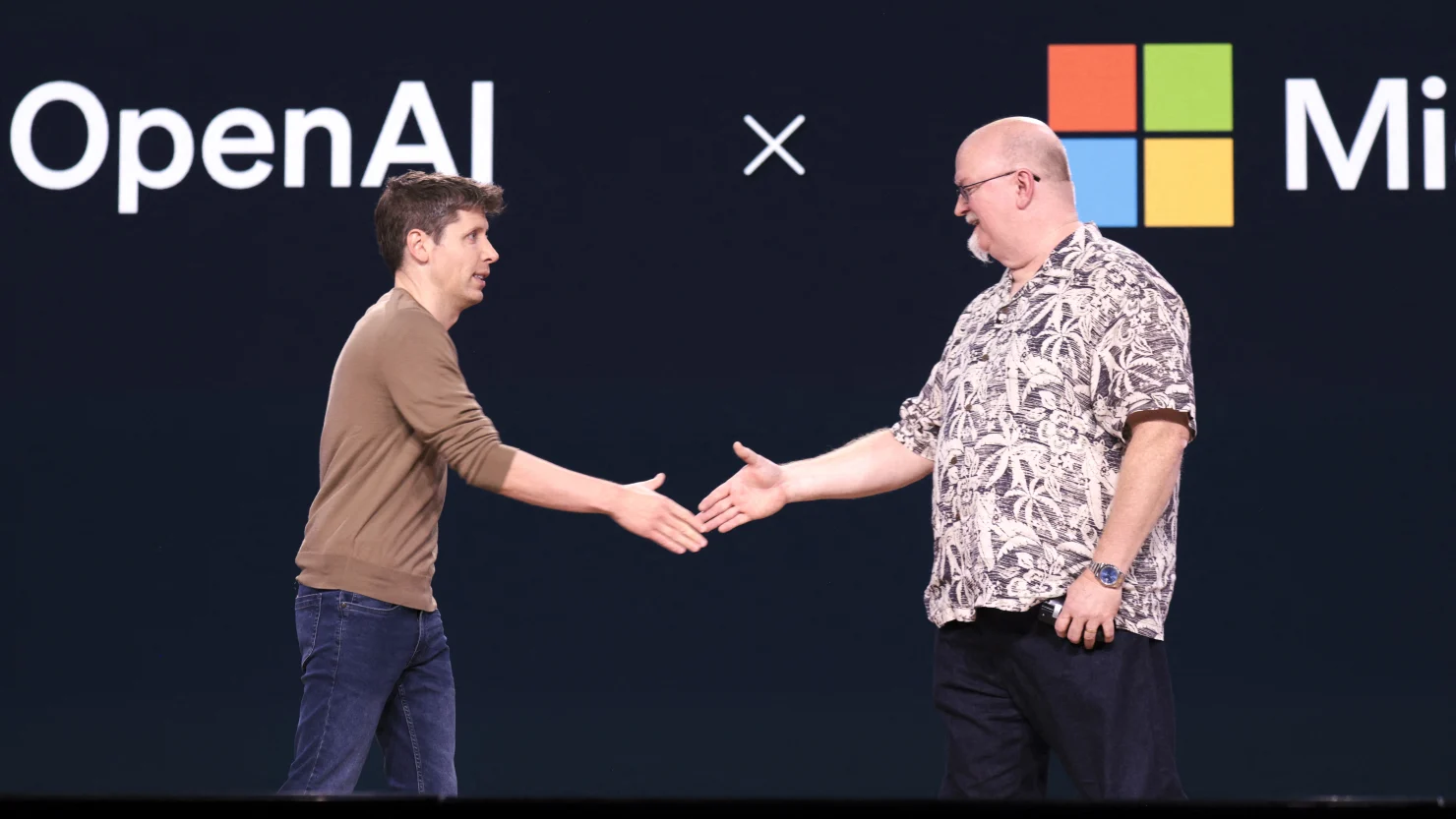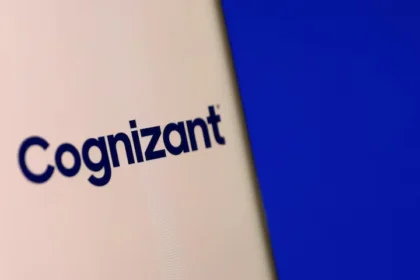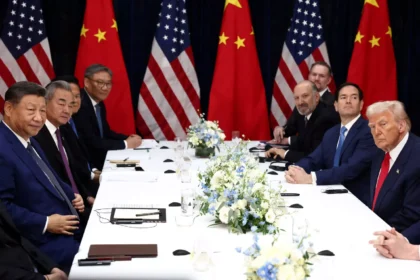OpenAI has taken another decisive step toward cloud independence, signing a 38 billion dollar multi-year compute agreement with Amazon Web Services that reshapes the power map of the AI infrastructure market. At YourDailyAnalysis, we see this not merely as a procurement deal, but as a strategic realignment: OpenAI is no longer defined by a single-cloud dependence and is instead engineering its own infrastructure sovereignty.
Under the agreement, OpenAI will immediately begin running workloads across hundreds of thousands of Nvidia GPUs inside U.S. AWS facilities, with dedicated expansion capacity reserved over the coming years. Amazon will not only allocate existing clusters, but also build new isolated infrastructure footprints specifically for OpenAI. Effectively, the AI company is leasing a “cloud within the cloud”, securing guaranteed compute for both inference and training cycles.
For Amazon, the deal lands as a statement. AWS moves back into the center of the generative-AI spotlight after months of narratives around Microsoft’s and Google’s dominance. Markets responded: shares surged to record highs, posting the strongest two-day gain since late 2022. As we assess at YourDailyAnalysis, AWS is signalling it intends to remain the foundational layer for industrial-scale AI workloads, not simply a legacy cloud incumbent.
For OpenAI, the strategy is clear: diversification equals leverage. While the company reaffirmed its commitment to Microsoft with a separate 250 billion dollar Azure purchase plan, it is no longer bound by exclusivity. The future of frontier AI will not be monocloud – it will be distributed, negotiated, and asset-backed.
This moment also surfaces a core tension: OpenAI has now entered the era of trillion-dollar compute obligations. Investors and policymakers are asking the question that defines this cycle: can unprecedented capital expenditure convert into durable economics? At YourDailyAnalysis, we view this agreement as the first stress-test of the “compute-first, monetization-later” doctrine driving frontier-model development.
A technical nuance underscores a deeper competitive fault line. The partnership leverages Nvidia’s Blackwell chips, but leaves room for Amazon’s Trainium accelerators, signaling a future in which hyperscalers are not only AI platforms but silicon competitors. Microsoft is backing AMD; Google pushes its TPU stack; AWS is now combining Nvidia scale with its own silicon ambition. The battleground is no longer just models – it’s the underlying compute architecture that defines who owns AI’s base layer.
Commercial adoption momentum is already visible. Companies including Peloton, Thomson Reuters, Comscore and emerging bio-computing platforms deploy OpenAI models via Amazon Bedrock for code automation, data reasoning and scientific agent workflows. As we at YourDailyAnalysis observe, this marks the shift from exploratory pilots to enterprise-grade integration. With this agreement, OpenAI becomes a direct AWS enterprise customer, deepening that commercial loop.
The contract strengthens OpenAI’s positioning ahead of a potential public listing. CEO Sam Altman has called an IPO the “most likely path” given capital needs, while CFO Sarah Friar emphasized that recent restructuring was designed to prepare the organization for public-market scrutiny. Multi-cloud diversification, long-term compute access and de-risked supplier concentration all align with IPO-era playbooks.
We believe this agreement marks the beginning of AI’s infrastructure consolidation phase. Over the next 18 to 24 months, markets will judge whether the industry can turn massive compute scale into enterprise margin expansion and predictable revenue cycles. If the model works, AI transitions from hype to capital-efficient utility. If not, this era becomes the first real test of the industry’s sustainability narrative.
What is certain is that the monopoly era in hyperscale AI alignment has ended. As we at Your Daily Analysis note, the competitive frontier has shifted from algorithms alone to the physical and strategic machinery behind them. The new competition is not only for model supremacy, but for infrastructure supremacy – who can build, secure and supply the computational backbone of intelligence at global scale.















